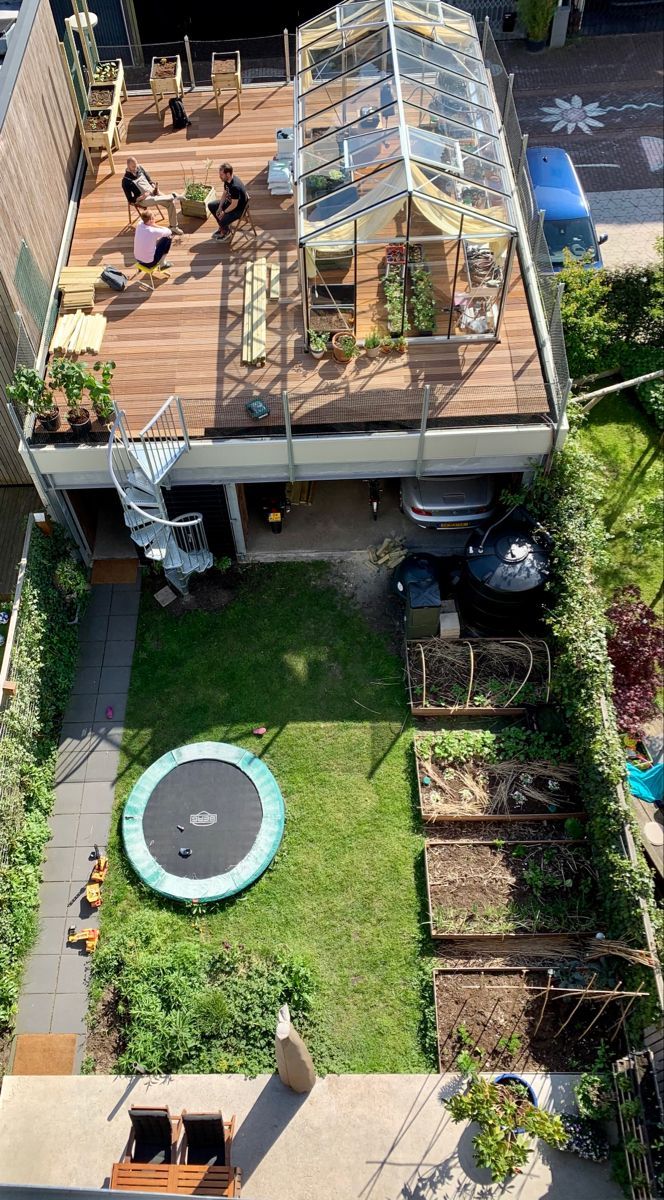A roof garden is a unique and sustainable way to utilize unused space on the top of a building. Also known as a green roof, it involves planting vegetation on the rooftop to create a garden oasis in an urban environment. Roof gardens offer numerous benefits, including insulation for the building, improved air quality, and reduced stormwater runoff.
One of the main advantages of a roof garden is its ability to provide natural insulation for the building. The plants and soil act as a barrier, helping to regulate the temperature inside the building and reducing the energy needed for heating and cooling. This can lead to lower heating and cooling costs for the building owner while also reducing carbon emissions.
In addition to providing insulation, roof gardens also help to improve air quality in urban areas. Plants absorb carbon dioxide and release oxygen, which can help to offset the carbon emissions from surrounding buildings and traffic. The vegetation also acts as a filter, capturing pollutants and particulate matter from the air and releasing clean oxygen.
Furthermore, roof gardens can help to reduce stormwater runoff in urban areas. The plants and soil absorb rainwater, preventing excess water from flowing into storm drains and overwhelming the city’s sewage system. This can help to prevent flooding and reduce the strain on the city’s infrastructure during heavy rainfall events.
Roof gardens also provide important habitat for birds, insects, and other wildlife in urban areas. By creating green spaces on the rooftops of buildings, we can help to offset some of the habitat loss caused by urbanization and provide a safe haven for biodiversity in the city. In addition, rooftop gardens can help to create a more aesthetically pleasing environment for building occupants and passersby.
Overall, roof gardens are a sustainable and environmentally friendly way to utilize unused space in urban areas. By incorporating vegetation on the rooftops of buildings, we can help to reduce energy costs, improve air quality, reduce stormwater runoff, and provide habitat for wildlife. With the numerous benefits that roof gardens offer, it is no wonder that they are becoming increasingly popular in cities around the world.















